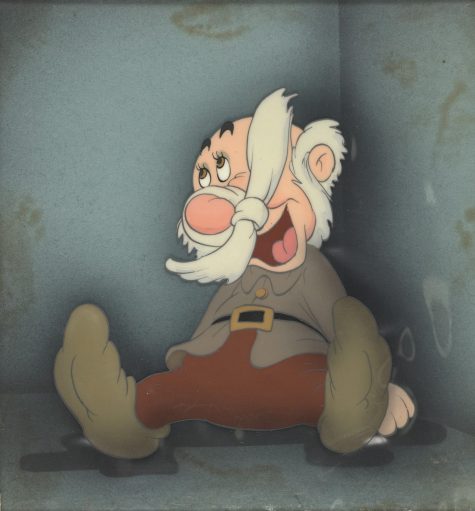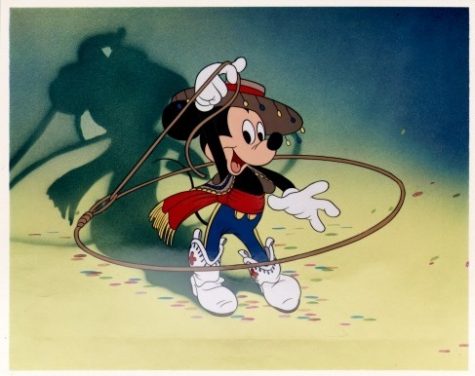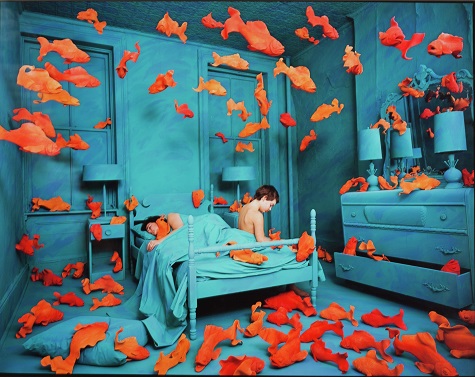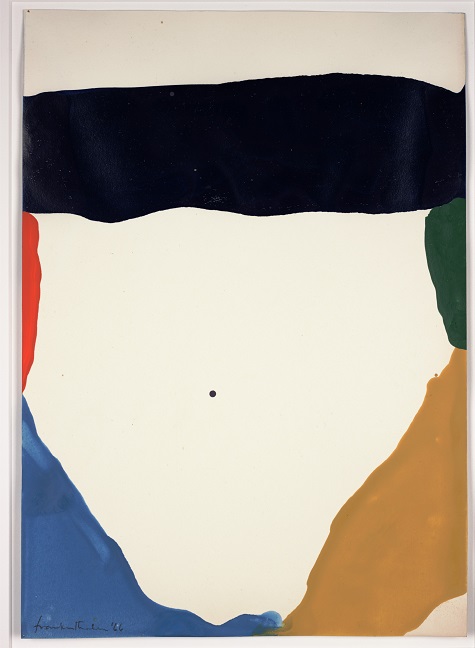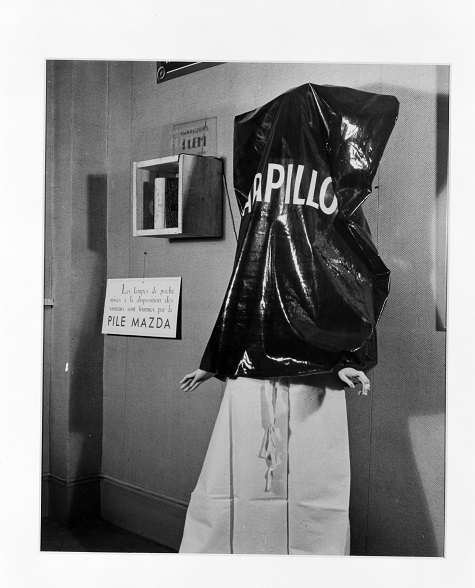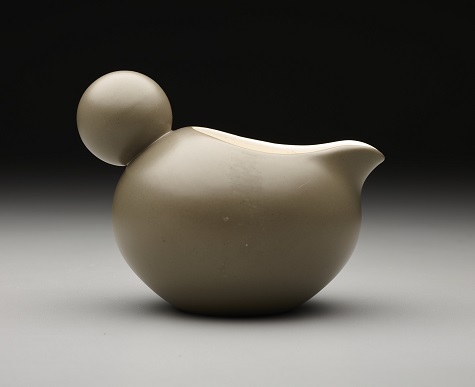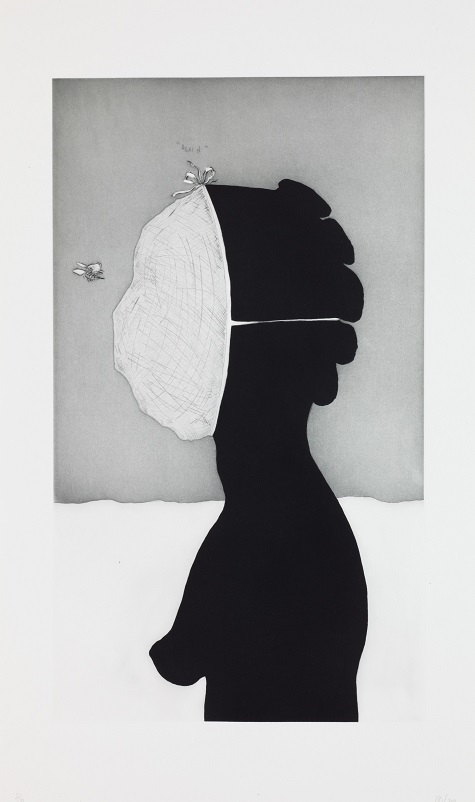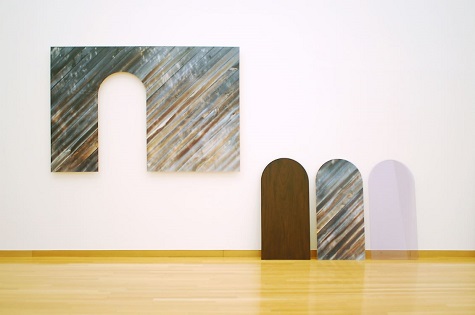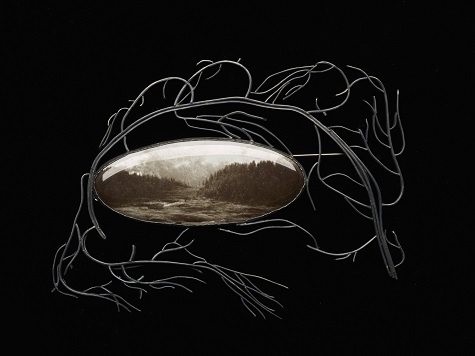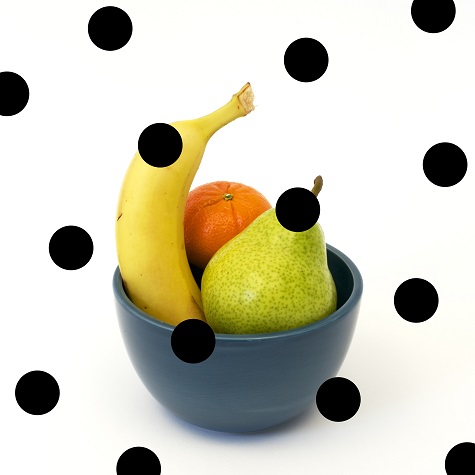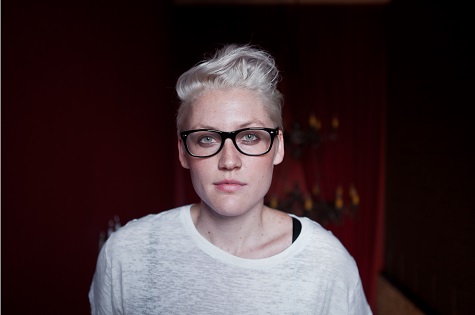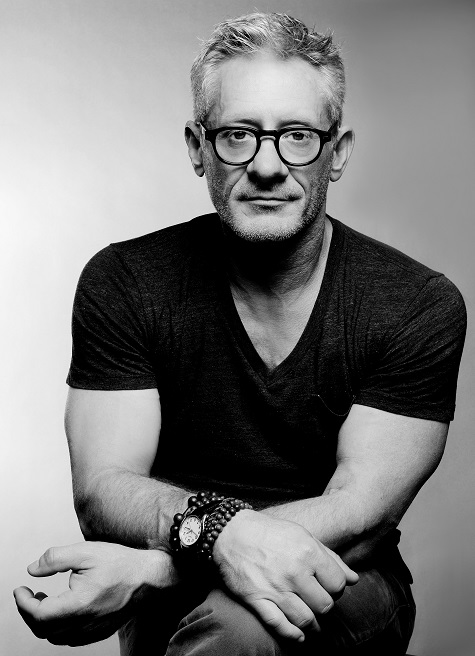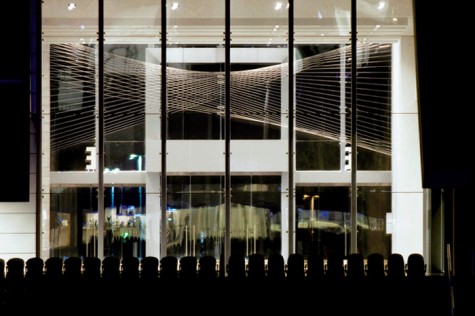On November 29 we are partnering with KERA’s Art & Seek for a night of performances and conversation with local arts leaders Erica Fellicella, Olivia Grace Murphy, and Jerome Larez (see their full bios here). The topic: how equitable and inclusive is the Dallas arts landscape for LGBTQ+ communities?
The night will kick off with each panelist sharing a selection of past work and then Art & Seek‘s Senior Arts Reporter-Producer Jerome Weeks will moderate a conversation. After the program, stick around for a meet and greet with the panelists to keep the conversation going.
I reached out to each panelist with a few questions about their lives, work, and what we can expect on November 29. Here’s what they had to say:
Erica Felicella, artist, consultant, organizer
If you could take one work of art from the DMA home what would it be?
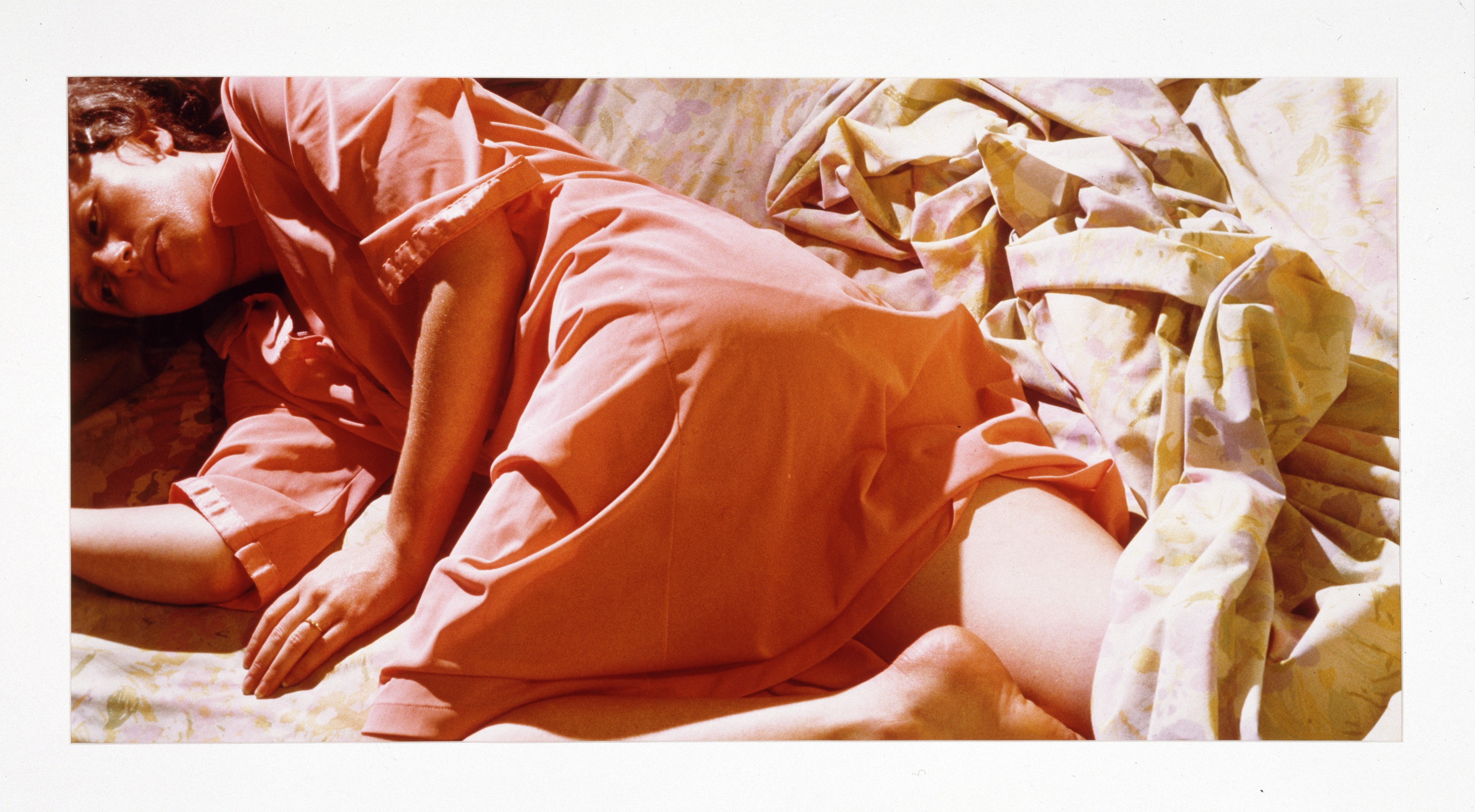
Cindy Sherman, Untitled, 1981, Chromogenic color print, Dallas Museum of Art, General Acquisitions Fund, 1982.21, © Cindy Sherman, courtesy of Metro Pictures, New York
Any advice for young artists out there?
It may be hard but don’t let that stop you.
What is something you are looking forward to?
The advancement of and changes in the art scene in the Dallas community.
You’ve lived in Dallas for about 20 years—how has the city changed in your perspective?
Growth across the board.
What are some words that you live by?
If you are not scared then you are not doing it right.
What is the last thing you Googled?
Performance art.
Is there a medium that you are interested in trying?
A bigger dive into New Media-based works with stronger technology components.
How do you recommend getting started with advocacy work?
Show up, listen, and go.
What is your hope for the LGBTQ+ communities of Dallas?
More opportunity given to shine and growth as a community.
Can you give us a sneak peek of what you will present at State of the Arts?
Think a community speaking through the voice of one.
Olivia Grace Murphy, Flexible Grey Theatre Company
If you could take one work of art from the DMA home what would it be?
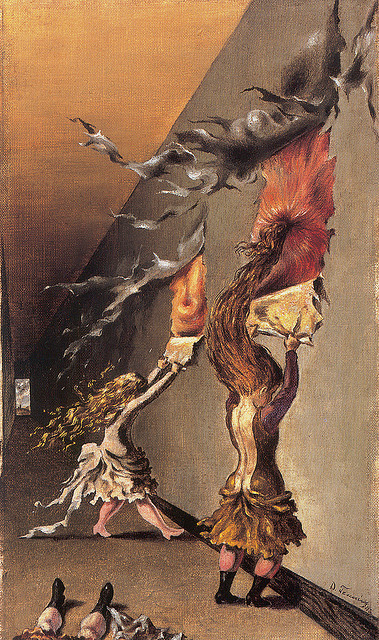
Dorothea Margaret Tanning, Jeux d’Enfants, 1942, lent by private collection
What is something you have to do before each show?
As an artist, I put a lot of importance on collaboration. I have to talk to and check in with every actor I share the stage with that night, whether it’s one other person or 100 other people.
What is something you are looking forward to?
Artistically, I am looking forward to announcing our next season for Flexible Grey Theatre Company. Personally, I am looking forward to the holidays because I make (in my humble opinion) the absolute greatest pumpkin pie.
Last play you read?
CHURCH by Young Jean Lee
What do you find most challenging or rewarding about theater as an artistic medium?
The most rewarding part is getting together with a group of fellow artists who you adore and trust completely to create something wonderful. I just recently had a profound experience working on STRAIGHT at Uptown Players. The people involved and the environment were so filled with trust and love. It was an unforgettable experience as an artist.
What are some words that you live by?
“To live is the rarest thing in the world. Most people exist, that is all.” –Oscar Wilde
What is the last thing you Googled?
“Cute snake pictures.”
How do you recommend getting started with advocacy work?
Find something you’re passionate about. Find work that needs to be done that speaks to you. And then don’t lose that spark.
What is your hope for the LGBTQ+ communities of Dallas?
I want to continue to normalize queer culture, queer art, queer people, and make our community part of the fabric of why Dallas is so great. Acceptance and visibility are key, and I feel like we’re making great strides.
Can you give us a sneak peek of what you will present at State of the Arts?
One of my passion projects with Flexible Grey Theatre Company has been the continued work on our original piece, BRIDGES: LGBTQ+ THEN & NOW, in which interviews from the older LGBTQ+ generation are told by queer millennial performers. The audience on November 29 will have a sneak peek of this show performed by some of my favorite actors in DFW.
Jerome Larez, Co-Founder and Board Chair, Arttitude
If you could take one work of art from the DMA home what would it be?
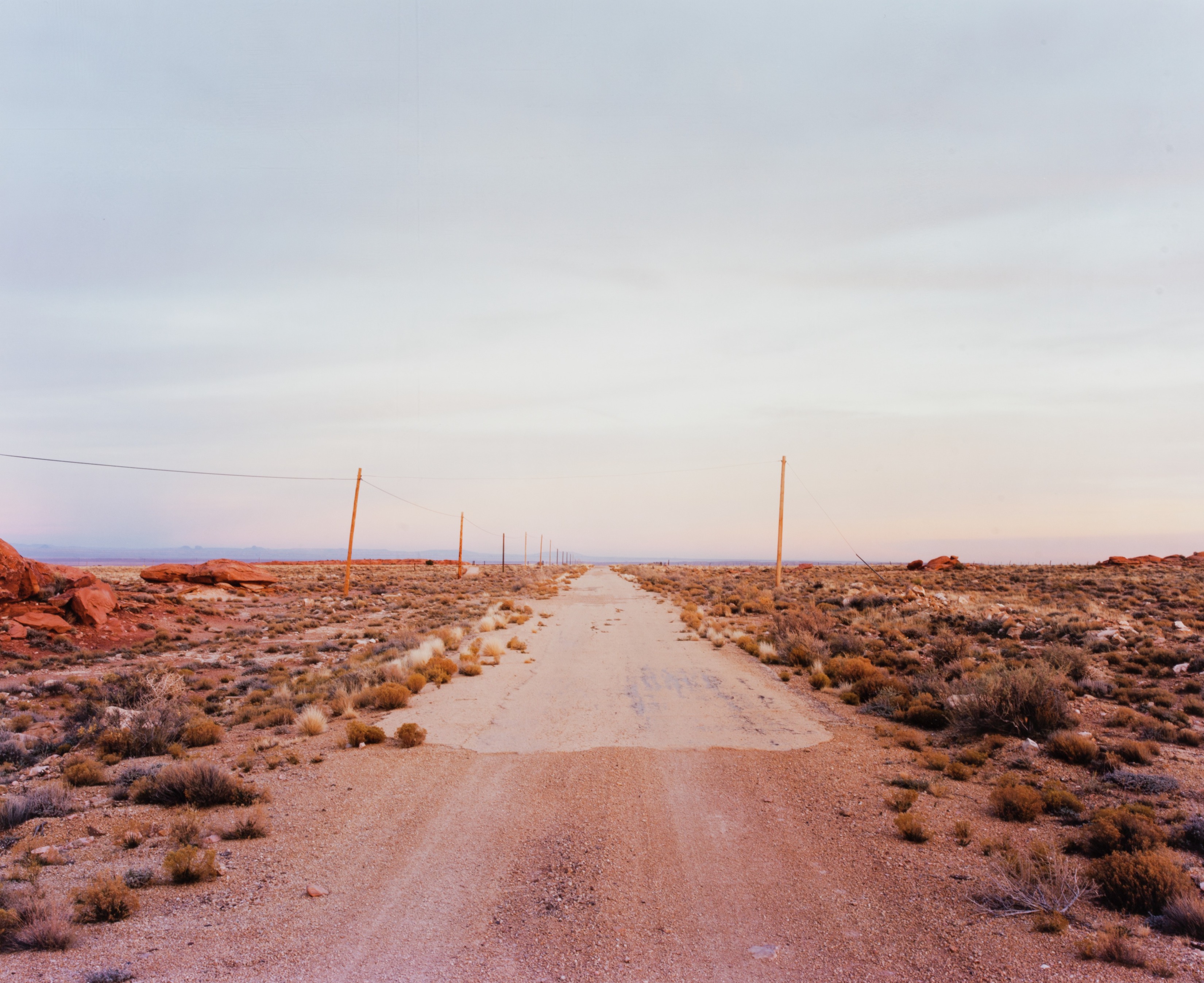
Terry Falke, Remnant of the Original Route 66, Arizona, 1995, Fujiflex print, Dallas Museum of Art, gift of The Afterimage Gallery, 1997.137, © Terry Falke
What drives new projects for you?
I hope to bring people together to share a profound experience and instill pride, belonging, interaction, and human connection.
What do you love most about teaching?
I love interacting with the students and watching them develop their art-making process.
What is something you are looking forward to?
I look forward to meeting new artists and listening to their artistic processes. I especially look forward to knowing their personal stories and why they make art.
What are some words that you live by?
Do the difficult things while they are easy and do the great things while they are small. A journey of a thousand miles must begin with a single step.
What is the last thing you Googled?
The Raising of Lazarus by Duccio
How do you recommend getting started with advocacy work?
Find a cause whose mission aligns with your beliefs and join. The biggest hurdle is getting involved.
What is your hope for the LGBTQ+ communities of Dallas?
My hope for the LGBTQIA community of Dallas is to build greater solidarity in our voices. Too many of us are fighting the battle for equality with little support. I want to see organizations and individuals of multiple backgrounds working together.
What, if anything, is missing from the arts in Dallas?
For the most part, diversity, access, and inclusivity are missing. Dallas has many creative people and art should not be an afterthought because it is who we are. Art has an extraordinary power to transform attitudes, behaviors, and perceptions, especially when art is in places that are accessible to everyone.
Can you give us a sneak peek of what you will present at State of the Arts?
We will have a Day of the Dead fashion show with artwork that we presented in past shows from our MariconX program.
Jessie Carillo is Manager of Adult Programs at the DMA.
